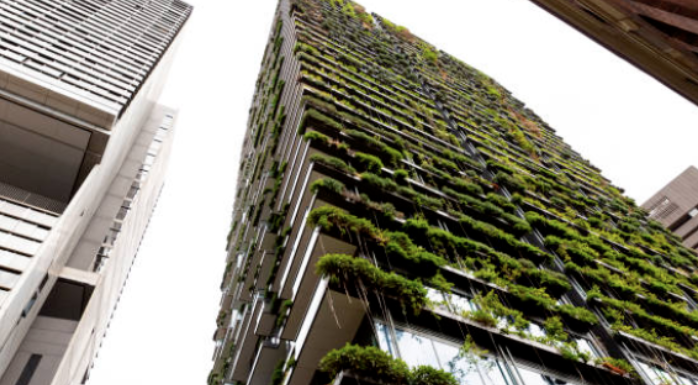
Posted on Tuesday, October 22, 2024
Italy has been increasingly focused on sustainability and green building practices in recent years, driven by a mix of government regulations, environmental awareness, and market demands. The construction sector, which is traditionally resource-intensive, is at the forefront of this transition toward sustainability. Innovations in manufacturing technologies, such as roll forming machines, are playing a pivotal role in this green building movement, contributing to more efficient, eco-friendly construction practices.
Italy’s construction industry is aligning with the goals of the European Union’s Green Deal and other initiatives aimed at reducing carbon footprints and enhancing energy efficiency. Italian regulations encourage the use of sustainable materials and promote energy-efficient construction techniques, with green certifications like LEED (Leadership in Energy and Environmental Design) becoming increasingly important for new building projects.
As part of this transition, there is a significant emphasis on using recyclable materials, reducing waste, and improving the energy efficiency of buildings. Metal is one such material that fits into Italy’s green construction goals due to its durability, recyclability, and energy-saving properties. Roll forming machines are essential in creating these metal components with precision, quality, and minimal waste.
As Italy continues to invest in sustainable construction, roll forming machines will play an even greater role in supporting the production of high-quality, recyclable, and energy-efficient components. The focus will be on further reducing the environmental impact of manufacturing and construction, and roll forming technology is well-positioned to meet the demands of a low-carbon future.
In conclusion, roll forming machines contribute significantly to Italy’s green building movement by enabling the efficient production of recyclable, energy-efficient metal components. As Italy pushes toward more sustainable construction practices, the innovation and efficiency of roll forming technology will continue to shape the future of green building in the country.
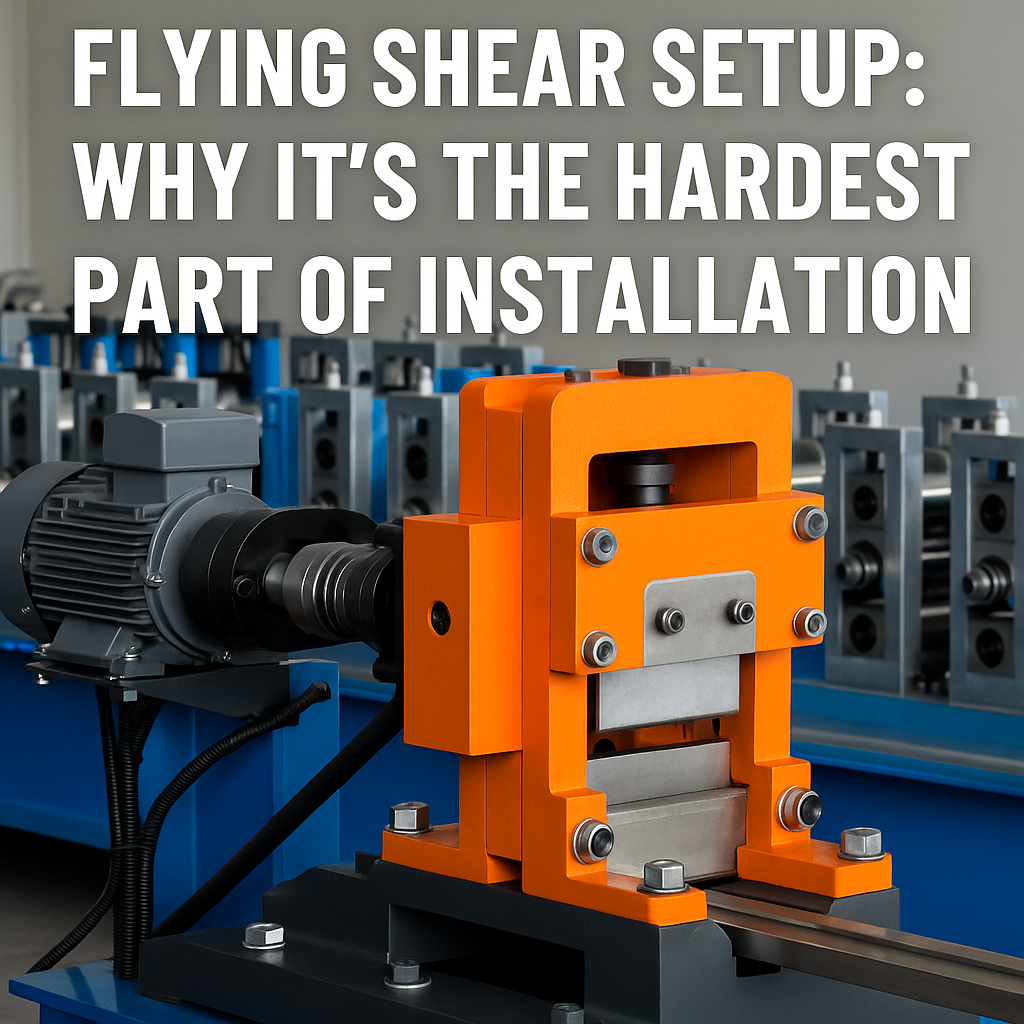
Flying Shear Setup: Why It’s the Hardest Part of Roll Forming Machine Installation
Posted on Monday, November 24, 2025
If you want a header image, meta description, or series continuation, just tell me.
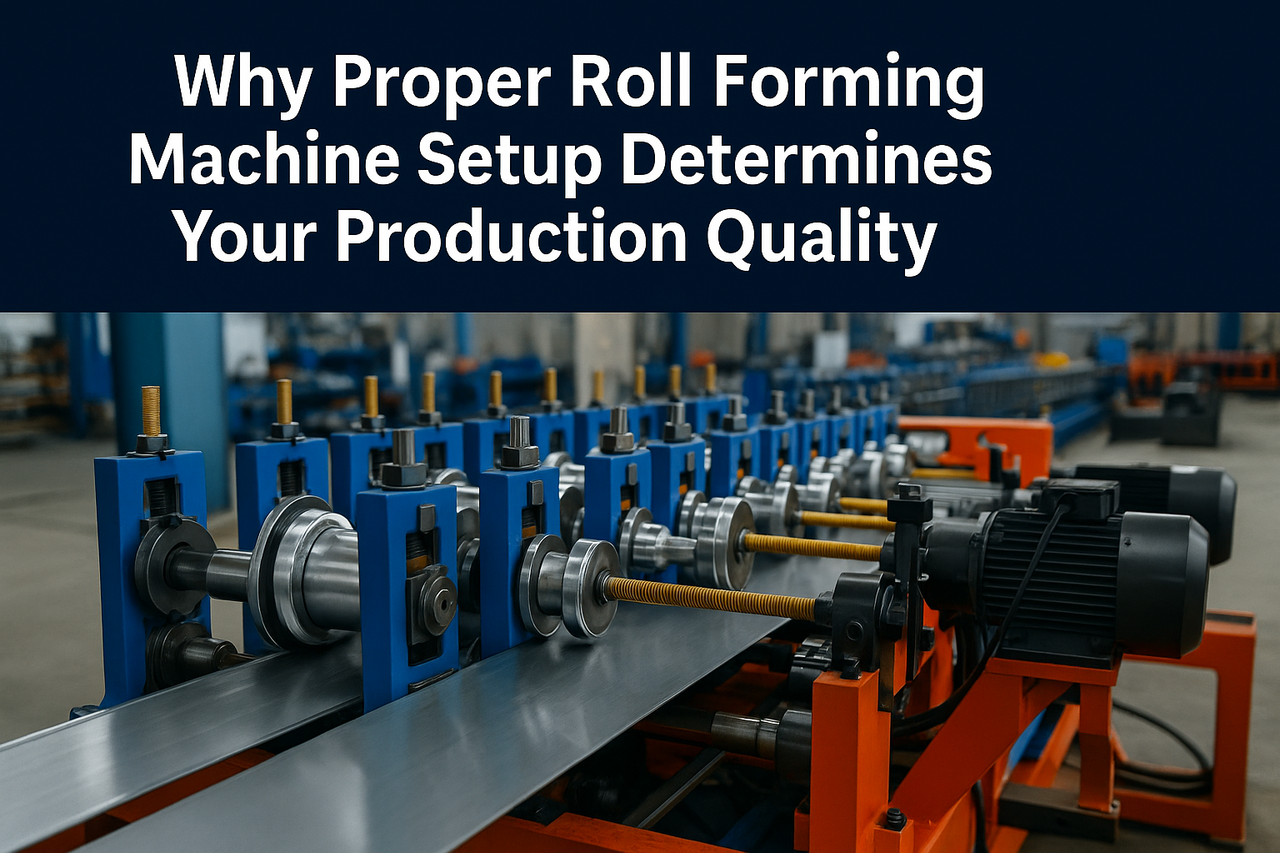
Why Proper Roll Forming Machine Setup Determines Your Production Quality
Posted on Monday, November 24, 2025
The #1 factor that decides accuracy, scrap rate, speed, and consistency.
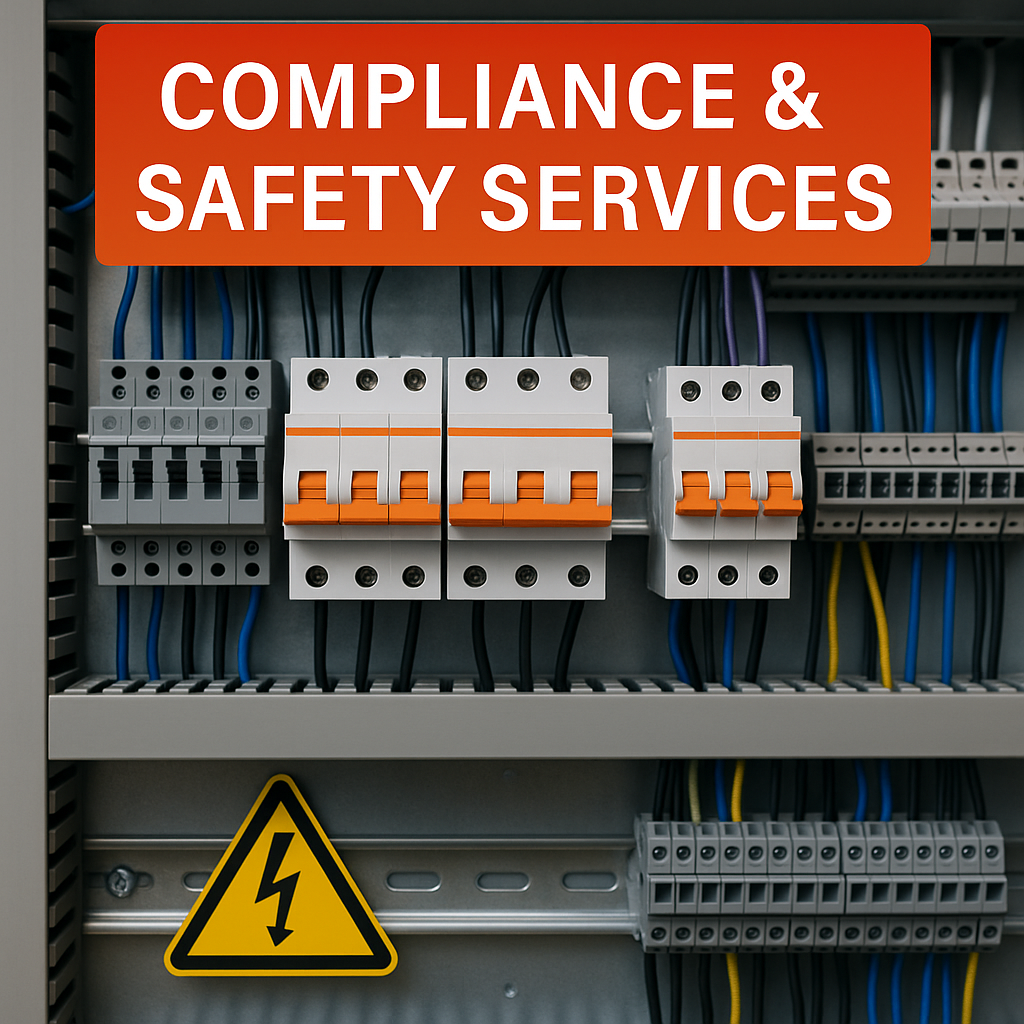
Compliance & Safety Services for Roll Forming Machines — Full Guide
Posted on Sunday, November 23, 2025
How Machine Matcher keeps your machines safe, legal, and fully compliant with CE, UL, and UKCA standards.
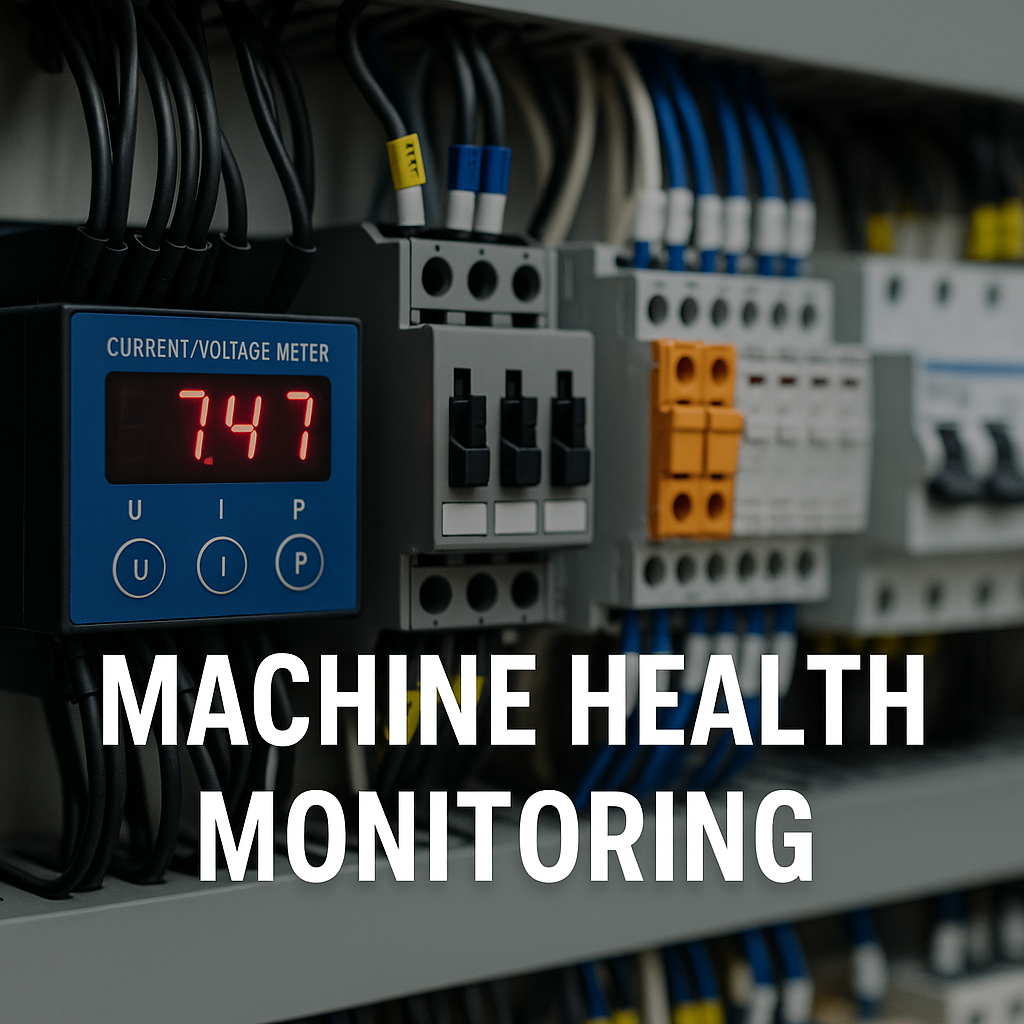
Machine Health Monitoring for Roll Forming Machines — Complete Diagnostic Service Guide
Posted on Sunday, November 23, 2025
Continuous diagnostics that prevent breakdowns, reduce downtime, and extend machine life.
Copyright 2025 © Machine Matcher.